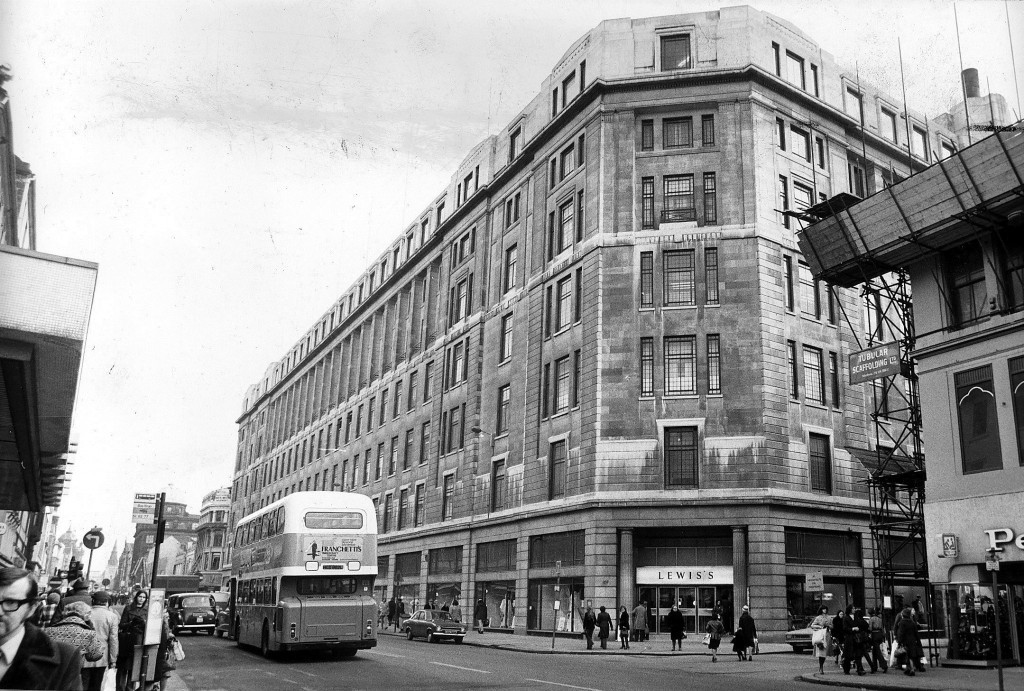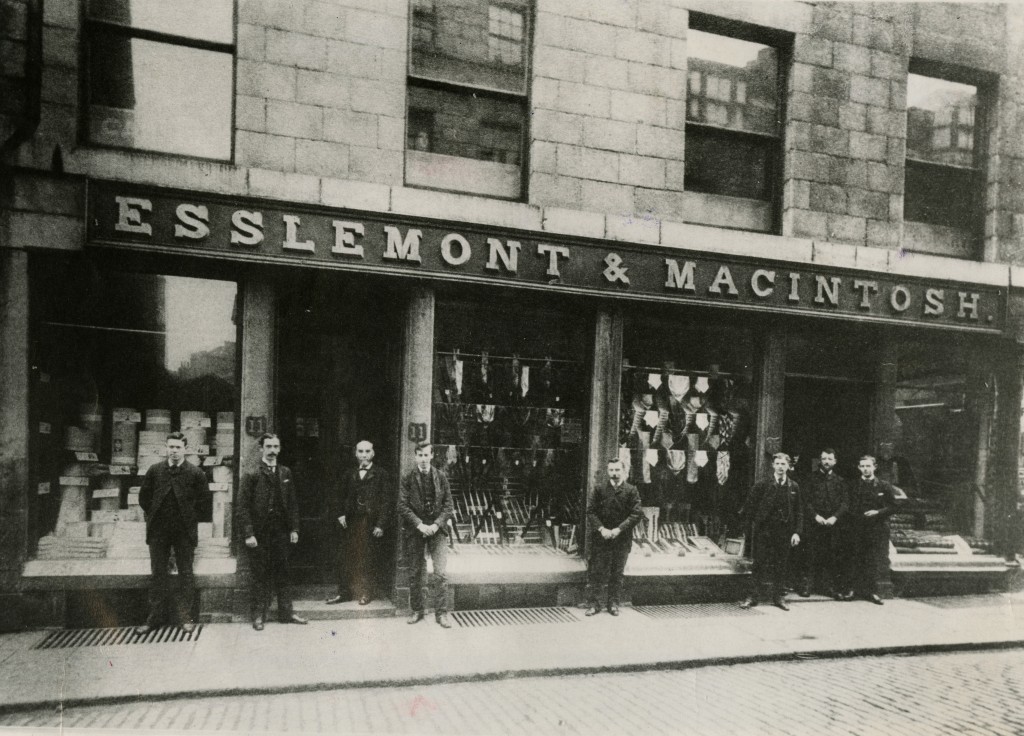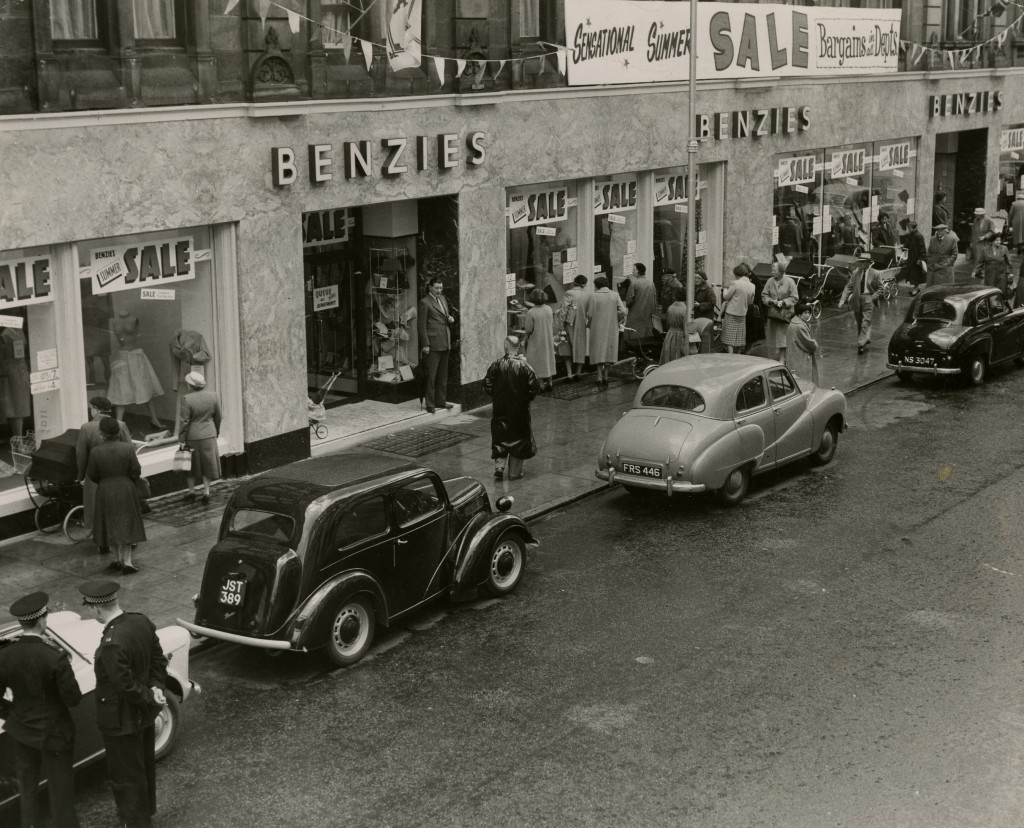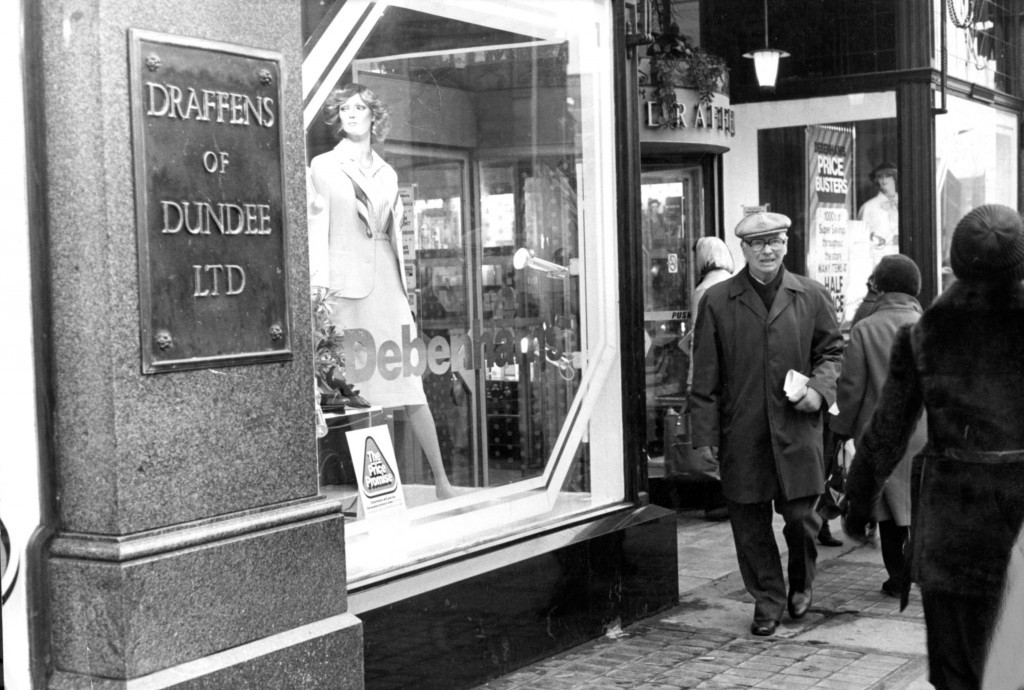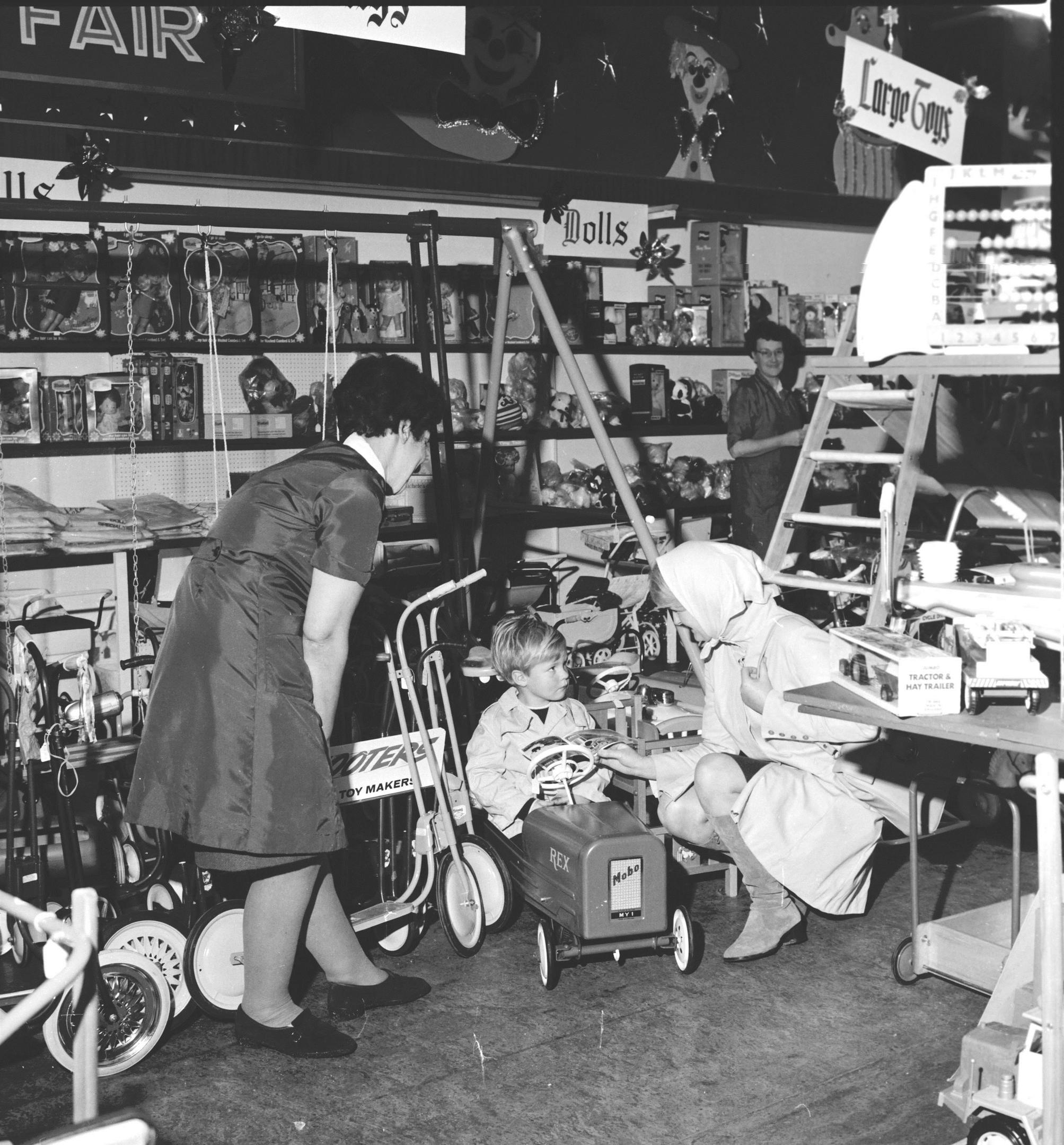
Shoppers can pick from a bewildering selection of bargain goods online, with competition driving down prices, and have them conveniently delivered to their front door.
But the consequences for our city centres have been dramatic – and there’s much more to come.
Here, The Sunday Post remembers the grand department stores that gave our cities character, explores their demise and considers the future of shopping.
Edinburgh
Patrick Thomson’s
PT’s, as it was affectionately known, was first established in 1889 on South Bridge as a haberdashery and drapery store.
It remained there until 1906 when it was relocated to North Bridge, giving extra space and allowing a greater number of lines to be introduced and entice more customers.
In the true mould of grand department stores it catered for ladies and gentlemen seeking the latest fashions, as well as selling furniture, carpets, millinery, drapery and toys.
Customers could also indulge themselves in the Palm Court restaurant, while enjoying both an in-house orchestra and the views of Edinburgh.
In 1955 an estimated 5,000 people turned up to see a PT’s Santa Claus descend a 60ft golden ladder, greeted by two trumpeters.
Then in 1976 the store’s name was changed to Arnott’s, but despite the takeover locals continued to refer to it as PT’S until closure in 1982.
Glasgow
Lewis’s
FOR generations of Glasgow shoppers the Argyle Street store was the place to go. The huge art deco building was reputed to be the biggest purpose-built department store in the UK when it opened in 1929.
Glasgow could already boast Europe’s first ever covered shopping centre in nearby Argyll Arcade, the Parisian-style shoppers paradise, where traders had operated since 1828.
Meanwhile Pettigrew & Stephens on Sauchiehall Street was also an early trail blazer and popular with Glaswegians.
Like many other department stores, the festive period was when Lewis’s really captured the public imagination, with families flocking to the city centre just to see their elaborate window displays.
However, in the 1950s they added another lure to attract youngsters with the opening of a menagerie on the top floor that included parrots and other small animals.
By the late 1980s times and tastes had changed and the store had fallen on difficult times. It went into administration in 1991 and most of the building is now occupied by Debenhams.
Aberdeen
Esslemont & Macintosh
IN May 2007, Esslemont and Macintosh closed its doors for the final time after 134 years of trading.
The store had been a favourite of shoppers in Aberdeen since it launched with a Great Opening Sale on February 3, 1873.
E&M was originally on the city’s Broad Street and was founded by Peter Esslemont and William Macintosh, who were until that point rivals, but saw an opportunity for prosperity in partnership.
By 1913, the Mcintosh connection ended with the death of William and the store then moved to Union Street seven years later.
In 1966, Norman Esslemont joined the family business having cut his retail teeth while working at the Brown Muffs store in Bradford and Simpsons in Piccadilly.
When E&M stopped trading he said: “Things have changed in retail and department stores have been more challenging but some continue to survive.
“It’s a great loss to Aberdeen because it is part of the city’s history.”
Inverness
Benzies & Millers
WILLIAM BENZIES made his first move in the retail business in 1897 when he took over a drapery business in Fraserburgh.
By 1920 he was ready to expand and went into partnership with cabinetmaker friend James Miller.
Miller previously ran a thriving business in the north-east, but after being called up to serve in France during the First World War, he sold off his machinery, stock and abandoned the firm.
After the conflict ended, the pair combined forces in Fraserburgh and moved into the department store business by offering shoppers a wide range of services including hardware and china.
Despite Benzie’s death in 1931 and Miller three years later it remained a family business with their sons both becoming directors.
It was during the company’s expansion the outlet in Inverness opened in 1952, as well as other stores in Peterhead and Banff.
Like many other stores across Scotland, the company was bought over by House of Fraser.
Generations of Invernessians shopped at the store, and it was the last of the Benzies & Miller to close its doors in 2003.
Simon Cole-Hamilton said on its closure: “It’s been an icon department store in Inverness for many years but it’s a sign of the times that more people are moving to do their shopping in closed shopping malls.”
Dundee
Draffens, Caird and Sons,
DM Brown, The Smith Brothers
FROM the late Victorian era until the end of the 1960s these four stores dominated the city.
Between them they would compete to win custom by diversifying into as many different areas as possible, including on-site postal services, bustling tea rooms, and even hairdressers.
Much of clothing and footwear they sold was also made by their own labels. The stores were rightly proud of the service they provided the local community.
Draffens closed in the early 1980s, after around 150 years as a Dundee shopping institution. The building was reborn as a branch of Debenhams, before the chain relocated to the Overgate centre in 2000.

Enjoy the convenience of having The Sunday Post delivered as a digital ePaper straight to your smartphone, tablet or computer.
Subscribe for only £5.49 a month and enjoy all the benefits of the printed paper as a digital replica.
Subscribe